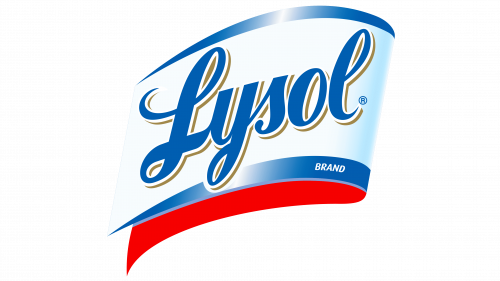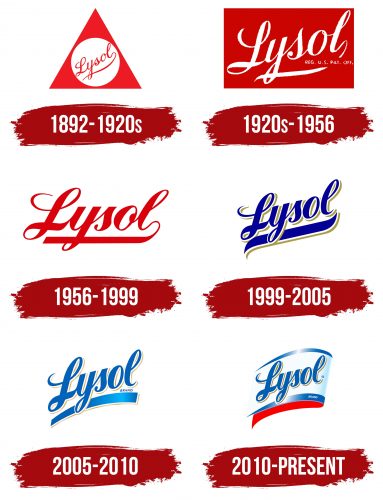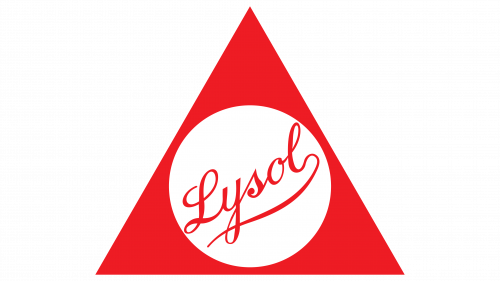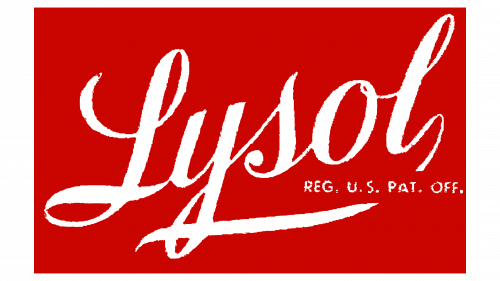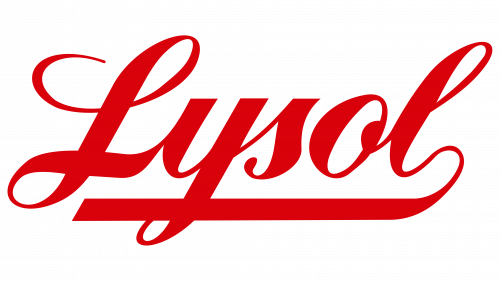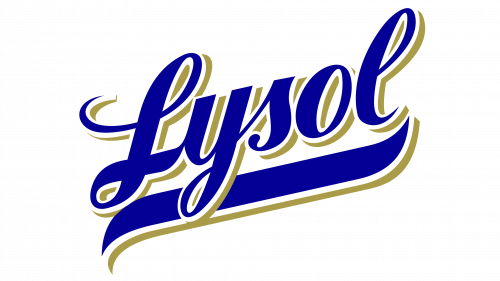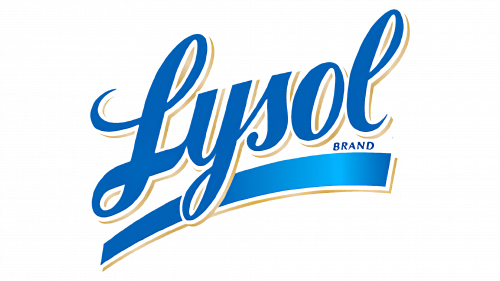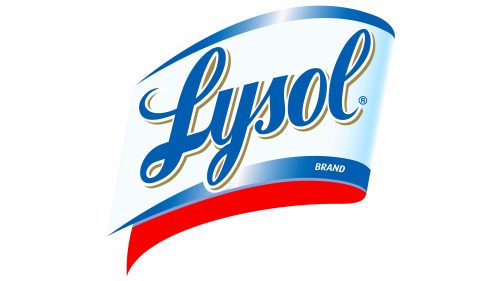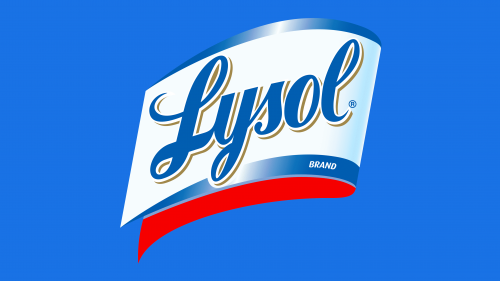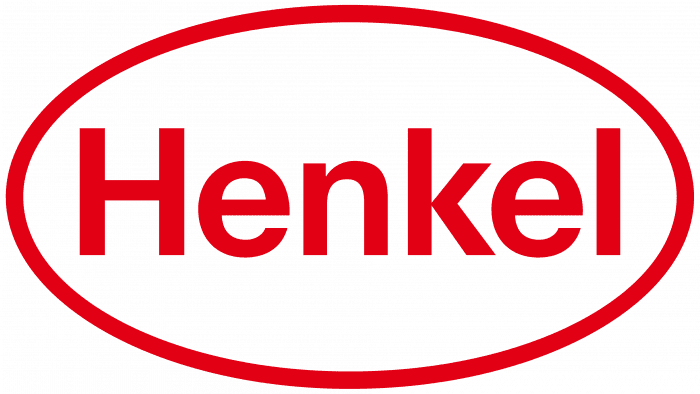The Lysol logo is appealing with its soft lines and simplicity, as in recent years, the company has focused on disinfecting everything related to the younger generation. A special emphasis is placed on schools, kindergartens, and other institutions where children spend a lot of time together. The friendly design helps teach a child the basics of maintaining cleanliness for strong health.
Lysol: Brand overview
Meaning and History
To combat the cholera that raged in late 19th century Germany, Gustav Raupenstrauch invented a disinfectant that was initially used in medicine. Later, it transitioned to the industrial and household disinfectant category as it proved unsafe. Previously, it contained cresols and chlorophenol, but then its formula was changed to use benzalkonium chloride and hydrogen peroxide as its base. It’s now a disinfectant and antiseptic for sanitizing hard and soft surfaces, hands, and the air in enclosed spaces. The Lysol logo conveys the gentleness, safety, and high efficacy of the product. This is reflected in the smooth lines of the inscription and the sharp angles of the background.
What is Lysol?
Lysol is a line of cleaning and washing agents for disinfecting surfaces, air, and hands. It first appeared in 1892 in Germany, where it was used in medicine to fight cholera. Gustav Raupenstrauch developed the formula for this product, with Schülke & Mayr as its first manufacturer. In the early 20th century, when the license was bought by the American company Lehn & Fink, the product was included in the category of household and industrial disinfectants. It’s designed for cleaning and antiseptic treatment. The current owner of the trademark is Reckitt Benckiser Group, which distributes the products in the USA, Canada, India, South America, and Europe.
1892 – 1920s
The emblem combines four basic factors: the ability to fight infections (sharp angles), marketing appeal (red color), consumer loyalty (soft handwritten font), and focus on microorganisms (a white circle like a microscope). The antiseptic’s name is diagonally centered. A line extends from the last ‘l,’ highlighting the word “Lysol.” It is predominantly in lowercase, except for the first letter, which is in uppercase. An isosceles triangle is used as the background.
1920s – 1956
The redesign brought a change in geometric shapes: now, instead of a triangle, we see a rectangle of the same red color. Its middle part holds the brand name with a smooth left slant. The developers kept the handwritten style of the font but shortened the upper curve of the capital “L” to make the letter look compact. They also added a small line in small print glyphs, briefly presenting some marketing information.
1956 – 1999
In this version, designers swapped the colors: the inscription is now red on a white background, not white on red. This combination retained the logo’s boldness but removed its bulkiness. As a result, it looks minimalist and works well as a product label. Another adjustment involved the text style, although it remained handwritten. The modernization affected the font – particularly the width of the letters (now bold), the slant (a clear horizontal with slight italicization), and the underline (which became straight and smooth). A large dot is clearly visible beside the “o,” and a graceful swirl peeks out from the top of the “L.”
1999 – 2005
The logo features an upward-ascending inscription. This time, it’s blue, with a silvery shadow near the letters, adding 3D depth. It creates the impression of a single line floating above a white surface. This compensates for the lack of a striking color (red) and is equally eye-catching. Designers shortened the left upper swirl of the capital “L” and separated the bottom underline from the lowercase “l.” Now, the bar is wide, with two pointed ends on opposite sides. The text is in a handwritten style: the italicized inscription consists of smoothly rounded glyphs.
2005 – 2010
The new Lysol emblem received not a cobalt but a sky blue color, maintaining the light shading of the letters at the bottom and right. Designers again adjusted the wavy stroke of the “L,” slightly shortening it. They curved the bottom bar into a semi-arch and trimmed the sharp ends but added a light gradient.
2010 – today
The logo maintained its style: italic, handwritten, diagonal. Only a few details were added, making it less concise. The background of the inscription is now a wide ribbon folded in half. Outside, it’s light blue, almost white, with a sparkling gleam and a dark blue border at the top and bottom. The inside is painted red. The silvery shadows near the letters are preserved.
Font and Colors
The word “Lysol” on the label is done in italic lowercase font. The letters are connected, bold, and rounded, creating a sense of safety and trust. The original spray cap inscription (in 1968) was set in Franklin Gothic Extra Condensed, contrasting starkly with the light and airy font in the logo. It was geometric, tall, semi-bold, and had many angles.
The primary color of the brand palette is blue in several shades. It can be simultaneously dark, cobalt, and light blue with a sparkling gleam. In different versions of the emblem, it is well complemented by white, silver, and red. Overall, blue is associated with medicine because it calms and relaxes, easing anxiety.
